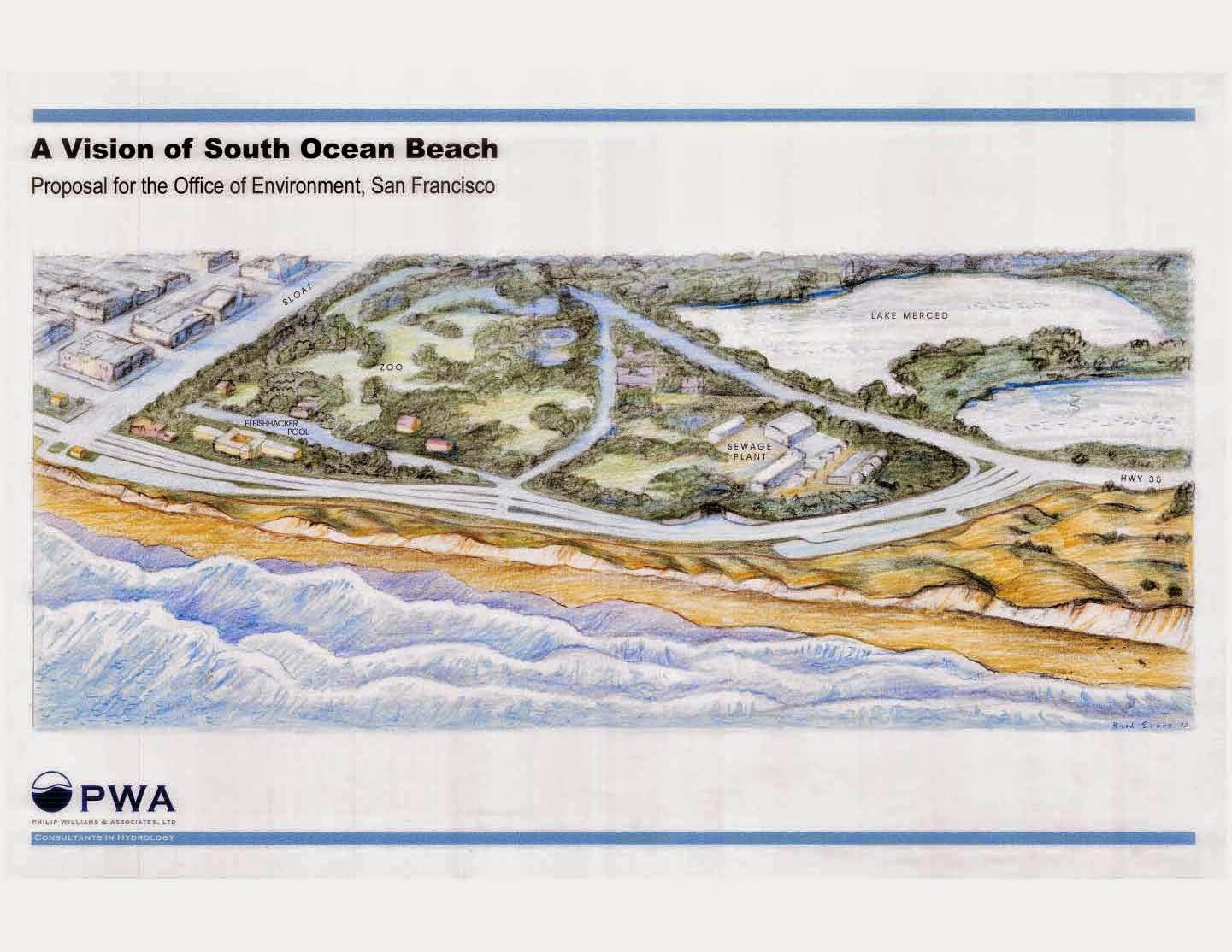 |
SF Rec and Park is seeking to add more boulders to the Sharp Park seawall.
Photo: Emily V.
|
We have a Sharp Park update:
Unfortunately SF Planning along with SF Rec. and Park voted 5-1 to certify the EIR that included the Sharp Park golf course redevelopment plan. Although this was a major setback, we will have more opportunities to voice our concerns about the golf course renovation and what it implies for the beach. Sometime in January the SF Board of Supervisors are expected to meet to affirm this decision. We will notify all our activists when we have the dates. In the meantime, you can write to your local SF Supervisor tp weigh in. To send an email, just type Supervisor's Firstname.Lastname@sfgov.org For example: Jane.Kim@sfgov.org. Please lend your voice in opposition to the golf course redevelopment project and its inclusion in the EIR. We need folks to underscore the fact that the golf course EIR omitted the evaluation of the environmental impact of the seawall. This is most troubling because there is an effort underway by SF Rec and Park to reinforce that structure. Rec. and Park has an application currently in process with the Coastal Commission which will add more boulders to the seawall. See pic. above.
Sloat:
While we await the next stage of the LCP amendment process, we have received notice by SFPUC that the "Alternatives Analysis" phase for Sloat continues. This is the process of evaluating alternative ways to protect the Lake Merced Tunnel. The good news is that we have been assured that a Lake Merced Tunnel relocation and/or realignment strategy is one of the options being studied and weighed. We appreciate SFPUC's work on this behalf. By keeping an open mind regarding our options for the LMT, we may ensure the best long term project gets built for Sloat.
Surfrider stands by its position that the uncertainties surrounding climate change should lead us to strive for maximum re-alignment of threatened structures. If done correctly, the Ocean Beach Master Plan, SPUR, and the City of SF would have a showcase of innovation for climate change adaptation. Currently, most coastal municipalities facing an erosion threat to development either harm their beaches through seawall construction and/or waste public funds trying to fill in the ocean with sand. SF has the opportunity to show that there is a smarter alternative: managed retreat. With managed retreat, we gain real long-term security for coastal development, preserve the public's beach and save taxpayer's millions of dollars by reducing our reliance on sand replenishment.
Thanks for checking in. Happy New Year!
JOIN the Surfrider Foundation Today.











